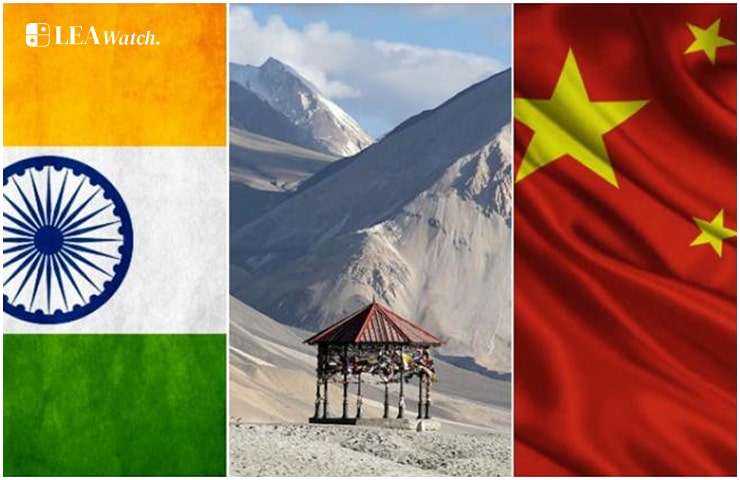Chinese President Xi Jinping’s unexpected visit to Tibet was intended to demonstrate solidarity, it highlights Beijing’s increasing apprehension about the region. Xi’s mention of “stability and ethnic unity” reflects China’s fear of the independence movement and escalating global attention on Tibetan identity being suppressed.
The timing is also significant for India. With the successful test of Agni-5 and growing cooperative regional relationships, New Delhi is displaying power across Asia, driving back against Beijing’s aggressiveness. Tibet is central to the India-China competition– not only spiritually, as the Dalai Lama is in exile in India, but also strategically, as a source of the Brahmaputra river system and buffer against Chinese expansion. Geopolitically, Xi’s visit highlights China’s effort to cement control before global debates on the Dalai Lama’s succession intensify. But it may backfire. International attention, together with India’s growing influence, could generate new momentum for the Tibetan cause.
The future of Tibet will likely not follow the script of Beijing’s narrative any longer and will begin to move in the direction of defining the outcome informed by India’s democratic model, spiritual freedom, and strategic location. It’s possible Xi’s rally will demonstrate Beijing’s control, but, in the long game, Tibet is ultimately China’s soft spot – and the one area where India has leverage.

